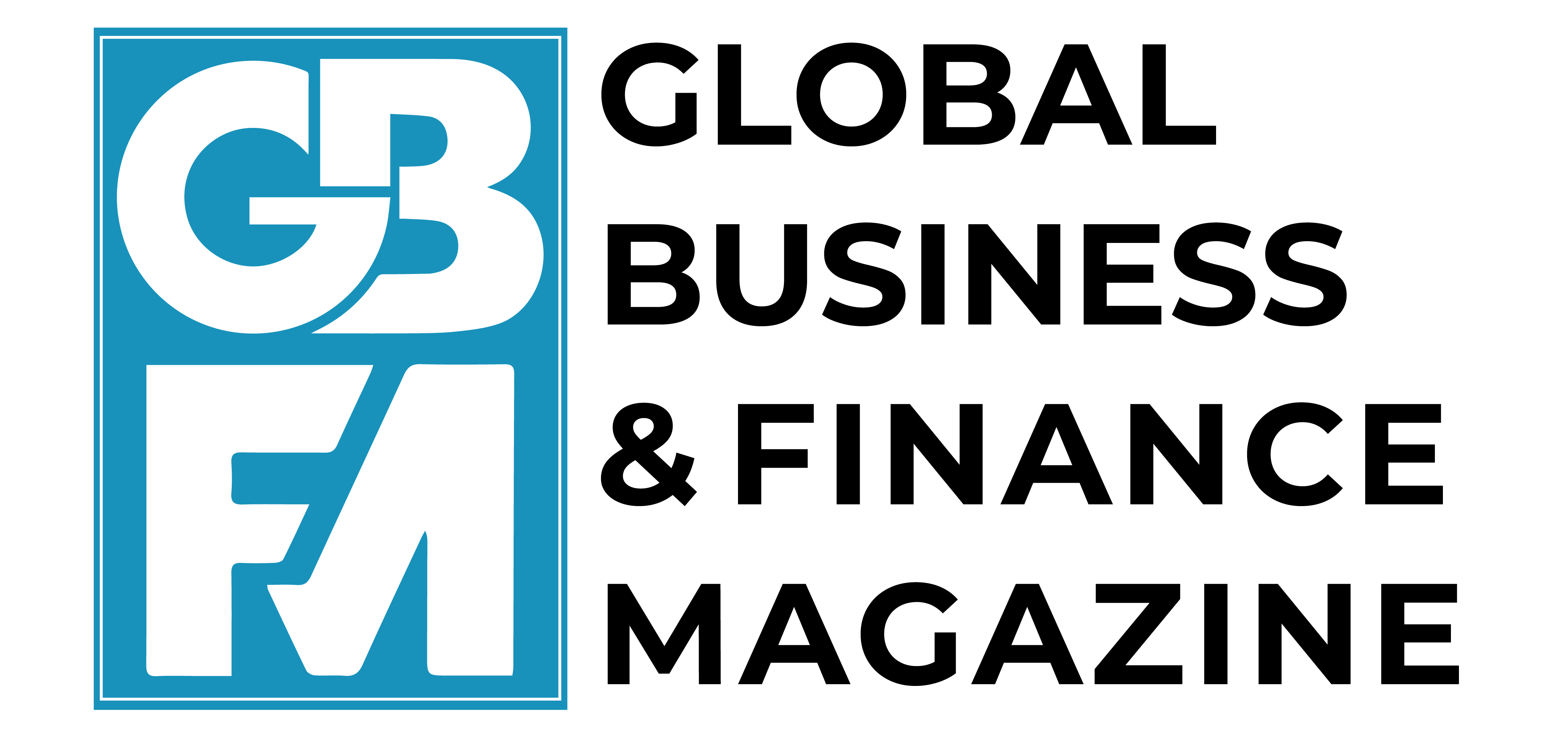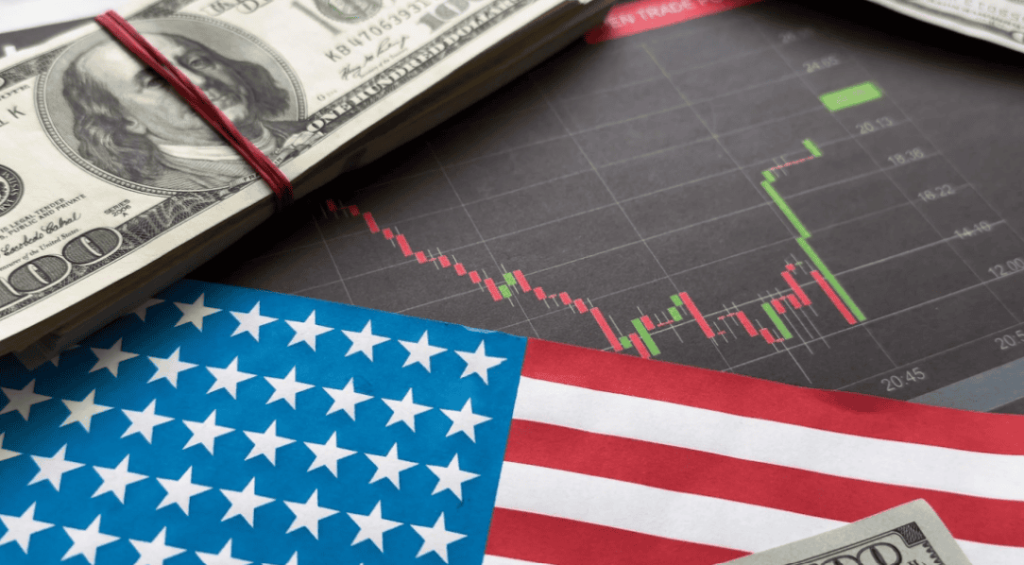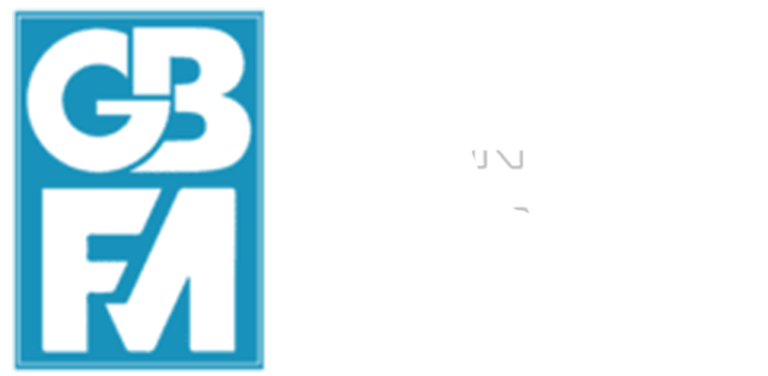The recent shift in trade policy by the new US administration is impacting global trade and creating volatility in financial markets. This column quantifies the economic impact of the 2nd April tariffs on Europe, discusses the financial market response to the announcement, and looks at the role of the exchange rate response for the transmission of the shock. The authors provide different scenarios for the exchange rate going forward. While economic theory would imply an appreciation of the US dollar, its recent weakening must be seen in the broader policy context. Implications are derived for the case that the weakness of the US dollar vis a vis the euro persists.
Tariffs announced on 2 April 2025 by the US administration marked a clear change in global trade relations. All trading partners, including Europe, face higher tariffs on many goods exported to the US. The announcement followed a series of tariffs imposed earlier on selected countries and products. China, the country most affected, retaliated by imposing higher tariffs on US goods. On 9 April, the US administration announced the suspension of the 2 April tariffs for 90 days.
The economic literature suggests that broad-based tariffs should have a negative impact on growth, for both the imposing and the affected country (e.g. Amiti et al. 2019, Furceri et al. 2022, Caldara et al. 2020, Bundesbank 2024). Although the direct impact of tariffs will come through trade, other channels – including policy uncertainty, and monetary and fiscal policy responses – are crucial as well. Trade policy uncertainty had already reached unprecedented levels before the announcement on 2 April and will likely remain elevated. In order to assess the relevance of the uncertainty and interest rate channels in determining the impact of tariffs on the euro area, a crucial factor will be the exchange rate response. This is because the exchange rate could mitigate or exacerbate the original tariff shock impact, on both growth and inflation. This column explores this issue, focussing on implications for the euro area.
We use a state-of-the-art macroeconomic model (specifically, an open-economy, three-country dynamic stochastic general equilibrium model) with a rich set of channels to investigate the potential impact of the 2 April tariffs (without considering further changes in tariffs after 2 April) on the US economy and the euro area, including the effects of policy uncertainty.
According to economic theory and the experience of tariffs imposed during Trump’s first term, the currency of the country that imposes the tariff would be expected to appreciate.Higher tariffs tend to increase inflation and hence lead to tighter monetary policy, which attracts foreign portfolio investment. At the same time, lower imports mean less demand for foreign currencies, which support the domestic currency. For illustrative purposes, we assume half of the depreciation of the euro observed during Trump’s first term in our baseline simulations. This would noticeably mitigate the adverse impact of tariffs on activity in the euro area, but add some inflationary pressure.
In addition to the direct tariff effect and the exchange rate response, trade uncertainty exacerbates the hit to growth, particularly for the US. While tariffs are likely inflationary on both sides of the Atlantic, trade uncertainty would marginally dampen this effect by weighing on activity. We expect higher inflation in the euro area, although the overall inflationary impact is lower than in the US, because of the region’s openness and its reliance on US imports, which will become more expensive, also affecting supply chains.
Considering all channels together, including interest rate adjustments (proxied by the change in the path implied by market interest rate forwards in response to the 2 April announcement), GDP growth in the US would be about 1 percentage point lower in 2025, while growth in the euro area would only be about 0.3 percentage points lower this year. The tariff effect on inflation would also be more pronounced in the US. The impact on inflation in the euro area would be mostly felt in 2026, given lagged effects from the tariff rise and euro depreciation. In short, according to our simulations, the impact from higher tariffs on the US economy should be much more pronounced than that on the euro area (see Figure 1).
Figure 1 Baseline simulations, impact on the euro area economy from US policy


Note: The yellow bars represent the potential impact of persistently higher US economic policy uncertainty. The blue bars represent the additional impact from tariffs announced on 2 April 2025. The magenta bars show the impact of a 2.5% euro depreciation, while the brown bars show the impact of the change in market interest rates expectations, inferred from interest rate forwards, between 1 and 14 April. Results are derived from a three-country DSGE model.
Financial markets’ response to the 2 April tariff announcement was pronounced
Market moves in US asset prices in recent weeks broke with historical correlation patterns, as the dollar depreciated while US (and global) equity prices fell (see Figure 2, grey area). In contrast to what economic theory would have predicted, as discussions on US tariffs gained momentum, in February the US dollar started depreciating on a broad basis, not only against the euro.
Figure 2 US equities and currency
(Indexed to Nov. 6, 2024=100)


Source: Bloomberg. Last data point for 15 April 12pm.
As market participants were surprised by the magnitude and breadth of tariffs announced on 2 April, market movements accelerated and broadened. Market participants substantially lowered their growth expectations for the US economy. As a result, US equity prices fell sharply until the 90-day tariff delay was announced on 9 April. At the same time, US Treasury yields, after an initial decline, increased notably. The US thus saw a broad-based fall in asset prices across asset classes, coupled with a weakening of the US dollar, especially after 2 April (see Figure 3).
Usually, when a global risk-off mood sends investors seeking safe havens, capital inflows towards US dollar-denominated assets lead to dollar appreciation and provide a natural hedge for investors in US assets (see Figure 2, blue area). In contrast, recent weeks’ concurrence of declining US equity prices and a depreciating US dollar indicates portfolio outflows from the US.
Figure 3 US fixed income, equities and currency
(Indexed to April 2, 2025=100)


Source: Bloomberg. Last data point for April 15, 12pm.
Indeed, the convenience yield of US Treasuries, proxied by the difference between the interest rate swap rate and the Treasury yield, declined during this period, reflecting the weakening comfort investors gained from holding US assets (see Figure 4). Other factors behind the price decline of US Treasuries may include hedge funds’ unwinding of leveraged bets on Treasury spot-forward differentials, limited market liquidity and broader policy uncertainty. European markets remained calm overall during the first two weeks of April, and market movements suggest that investors favoured European (relative safe-haven) assets. The Bund’s convenience yield increased by around 10 basis points during this period (see Figure 4). European sovereign credit spreads vis-à-vis German Bunds widened moderately in line with their creditworthiness, while yields for most countries declined.
Figure 4 Synthetic convenience yield estimates, US and Germany
(relative change to 20 March 2025 in percentage points)


Source: Bloomberg. Last data point: 14 April 2025
Note: The US convenience yield is measured as the interest rate swap rate minus the Treasury yield. The German convenience yield is measured as interest rate swap rate plus credit default swap rate minus the Bund yield. All variables are at the 10-year maturity.
Tariffs and portfolio flows: A revaluation scenario
There is a meaningful chance of a US dollar ‘revaluation scenario’ with a prolonged US dollar weakness, in contrast to the initial expectation of a US dollar appreciation in response to tariffs. This is because over the past decade, global investors, and especially Europeans, significantly increased their US bond holdings (see Figure 5). This contributed to a strong US dollar in recent years. These inflows to the US may reverse if the global appeal of US Treasuries weakens. While it is premature to conclude that investor preferences for US assets are undergoing a structural shift, increasing concern about the quality of economic policymaking and institutions under the current US administration may take its toll. A dollar revaluation and persistent US dollar weakness could result if investors started doubting the safe-haven status of the US dollar (and US Treasuries) more broadly. This could erode the exorbitant privilege the US dollar carries due to its status as the dominant international reserve and transaction currency.
Figure 5 Foreign demand for US securities
(accumulated monthly flows, US dollar trillion)


Source: TIC. Latest data point for January 2025.
In the following, we spell out the macroeconomic effects of a revaluation scenario of the US dollar, linked to a further appreciation of the euro, and assess the hypothetical consequences for the euro area in a world where tariffs are increased. In Figure 6 we show two scenarios: one in which the euro depreciates (underlying our baseline assessment above, reflected by the blue line), and one in which the euro appreciates (magenta line). We design both scenarios in a symmetric way and depict the impact in addition to the direct impact of higher tariffs (yellow line).
As discussed above, historical patterns would suggest a stronger US dollar and therefore a weaker euro, which would mitigate the adverse impact on euro area economic growth from higher tariffs in the short term (see Figure 6, blue line, and Figure 1 above). The exchange rate would thus serve as a shock absorber for euro area growth. However, if the dollar’s depreciation against the euro were to persist – our revaluation scenario – this would exacerbate the direct growth hit from higher tariffs on euro area growth, as a stronger euro would make exports less competitive. At the same time, an appreciation of the euro would mitigate the inflationary impact of tariffs for the euro area. This would facilitate macroeconomic stabilisation through more accommodative monetary policy.
Figure 6 Exchange rate scenarios, impact on the euro area economy from US policy


Note: The figures show two exchange rate scenarios around the potential impact of the 2 April tariffs. The yellow line represents the impact from the tariffs as announced on 2 April, keeping the exchange rate constant. The blue line shows the impact of tariffs combined with that of a 2.5% appreciation of the US dollar. The magenta line shows the impact of tariffs combined with that of a 2.5% depreciation) of the US dollar, our revaluation scenario. Results are derived from a three-country DSGE model.
Prospects and implications for the euro area
The path ahead for the euro is of central importance. It could become a shock absorber in the short term or could cause additional macroeconomic stabilisation needs. These two possibilities imply different monetary and fiscal policy reactions.
In the medium term, a revaluation scenario that reflects higher portfolio inflows into Europe could, if sustained, significantly contribute to meeting European financing needs. The euro could remain strong relative to other currency areas due to its credible and stable institutional setting. The euro area’s common monetary policy is set by an independent central bank and focusses on inflation stability. Trade policy is centralised at the European Commission in Brussels and represents all member countries in trade negotiations. The current situation could lay the foundations for a greater international role for the euro. To sustain this, Europe needs to accelerate its reform agenda, as outlined in the Draghi plan, for example, and advance the savings and investment union, in order to make productive use of additional available capital and strengthen economic growth.
Source : VOXeu



































































